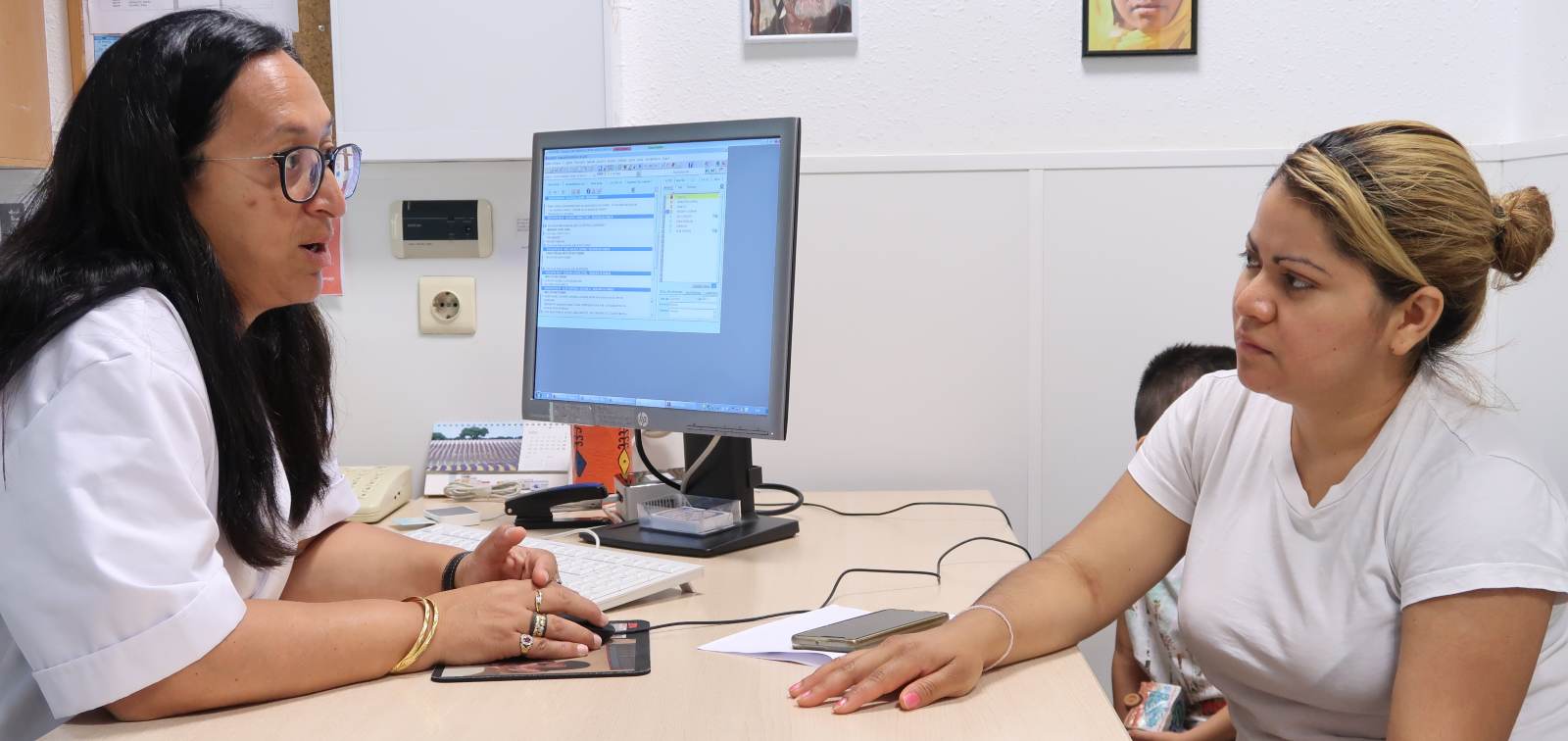Worm Infections in Travelers and Migrants May be Overlooked
New study identifies symptoms that should alert physicians to possible helminthiasis in people with a recent travel history
14.11.2024
Malaise, fatigue and cutaneous symptoms are good predictors of helminthiasis in people returning from tropical regions with high levels of eosinophils - a type of white blood cell - according to a study conducted at Karolinska University Hospital and led by the Barcelona Institute for Global Health (ISGlobal), a centre supported by ”la Caixa” Foundation. The findings underscore the need for healthcare providers to test more widely for helminth infections in people with eosinophilia who have recently travelled to or migrated from endemic areas.
Helminth infections, known as helminthiases, are very common, affecting over a billion people worldwide. Common helminth infections include soil-transmitted diseases caused by parasites such as Ascaris, Trichuris, Strongyloides, as well as schistosomiasis, which is particularly prevalent in sub-Saharan Africa.
As global travel and migration increase, healthcare providers in non-endemic regions are likely to encounter more cases of helminthiasis. Eosinophilia (high counts of eosinophils in blood) is a telltale sign of helminthiasis, but can also be caused by other conditions such as allergies and autoimmune diseases. “It would therefore be very useful to have tailored protocols to detect helminthiasis in travellers and migrants,” says senior author Ana Requena, researcher at ISGlobal and the Karolinska Institute.
In this study, Requena and her team retrospectively examined data from more than 23,000 patients with eosinophilia (who visited the hospital between 2011 and 2021), of whom more than 5,000 had been in a region known for helminth infections. Surprisingly, only about 20% of those patients were tested for helminthiasis. Among those tested, 219 people were diagnosed with infections, with schistosomiasis and strongyloidiasis being the most common.
Three key predictors of helminth infections
The researchers identified three key predictors of helminthiasis in patients who were tested: i) a stay in an endemic region, particularly sub-Saharan Africa; ii) high-grade eosinophilia; and iii) symptoms of fatigue and general malaise. In addition, itching was strongly associated with strongyloidiasis.
These predictors were useful in the four weeks before and after eosinophilia, as most associations receded with time, and were particularly true in adults. In children, no region was specifically associated with helminthiasis and cutaneous symptoms were the only clinical predictors.
“It is remarkable that for the majority of persons presenting with eosinophilia after travel to endemic regions, no parasitological test was requested by health professionals,” says Requena.
This study underscores the need for healthcare providers to test more widely for helminth infections in individuals with eosinophilia who arrive from tropical areas. Doing so could help detect these infections earlier, preventing complications and promoting better health outcomes for this growing population.
Reference
van Waasdijk M, van der Werff SD, Sjöholm D et al. Prediction of helminthiases in travellers and migrants with eosinophilia: a cohort study. CMI. 2024. DOI: 10.1016/j.cmi.2024.10.009



